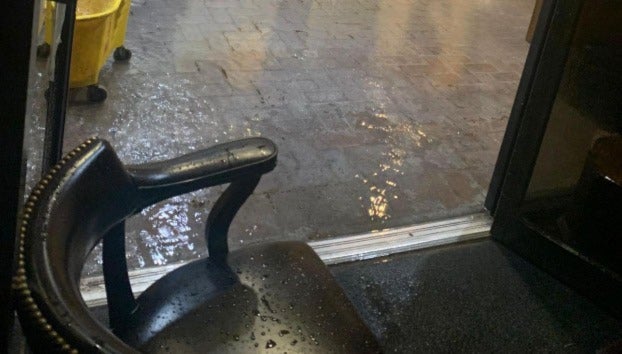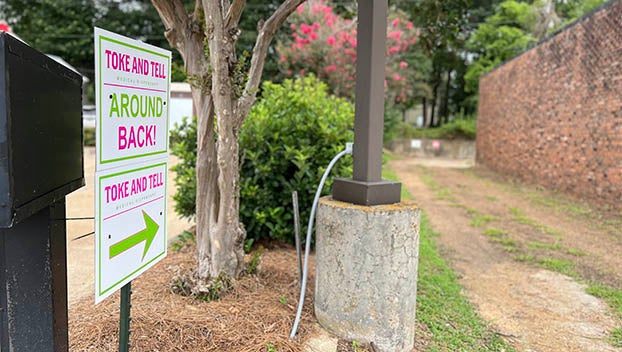Civil Rights photos reveal new images from Natchez
Published 12:07 am Saturday, June 13, 2015

A gallery of Jim Lucas’s photographs documenting the civil rights movement in Mississippi are on display at the Historic Natchez Foundation. (Sam Gause / Natchez Democrat)
By Leah Schwarting
NATCHEZ — The most iconic photographs from the Civil Rights Movement have been seen repeatedly in everything from magazines to textbooks.
Now, the Historic Natchez Foundation is giving visitors a chance to see alternative images of the movement from the darkroom of Jim Lucas, photographer and videographer from Jackson.
Approximately 48 photos by Lucas, 1944-1980, line the foundation’s hallway. Lucas spent his career covering the Vietnam War and the Civil Rights Movement and, later, worked on several film productions.
Jane Hern, Lucas’s wife at the time of his death, put the collection together from photos he took during his time covering the Civil Rights Movement.
Mimi Miller, the Foundation’s executive director, said the photos offer new images from events where people have often only seen the most famous shots.
“It makes you think about it all over again, because you’re seeing it through someone else’s eye,” Miller said.
Among the collection are photos of Wharlest Jackson’s funeral, a Natchez resident and worker at Armstrong Tire and Rubber. He was a friend and co-worker of George Metcalfe, the president of the NAACP.
In 1967, Jackson was promoted to a high-ranking position in the company usually occupied by whites. Later that year, he was killed by a car bomb.
“I think more than anything the murder of Wharlest Jackson brought the white community to its senses,” Miller said.
Soon after the photos went up, a familiar face was recognized. Peter Burns thought he saw Tommy Reed, a former Natchez resident, taking part in the March of Penance following the Ku Klux Klan’s bombing of Beth Israel Synagogue in Jackson.
The march was composed of a number of religious leaders who wished to express their sadness over the bombing. At the time of the march, Reed was a priest serving in Jackson.
Curious, Miller sent a copy of the picture to Reed’s sister, Mary Jane Gaudet, who confirmed that it was Reed.
“We were thrilled to find him in the picture,” Miller said.
Reed’s appearance in the picture was no surprise to Gaudet, whose entire family was involved in the Civil Rights Movement.
Gaudet remembers her brother sending her pamphlets and information he came across when he went to seminary.
“In seeing that picture, I felt so proud of my older brother, who led me from the time I was a small child into thinking and being a social activist in the issue of race relations in the state of Mississippi,” Gaudet said.
Reed, who is now 78 and lives in Wisconsin, can remember the march, as well as the reasons behind it.
“The march was done in silence,” Reed said. “We weren’t chanting anything or shouting anything political at all, just saying we are sorry for this action that has besmirched the name of religion, we thought.”
The other photos stretch on, including ones from the search for Michael Schwerner, James Chaney and Andrew Goodman, three civil rights workers who went missing in Neshoba County.
The three were later found dead.
“I think it hits home how great those sacrifices are when you see the pictures,” Miller said.
Along with the exhibit, the Historic Natchez Foundation is screening “Black Natchez,” the award-winning movie by Ed Pincus made in 1965 detailing struggles between conservative and activist groups during the Civil Rights Era.
The exhibit is open free of charge throughout the month of June.





